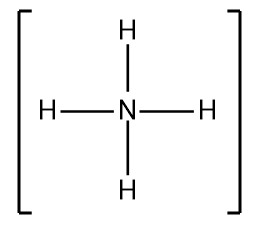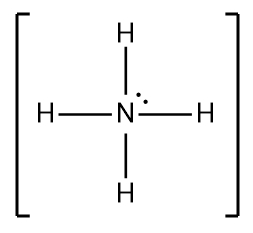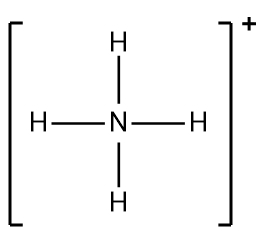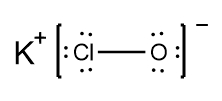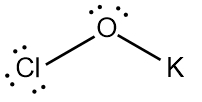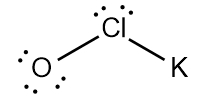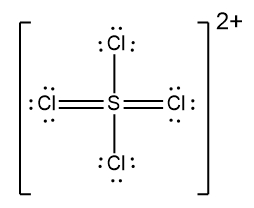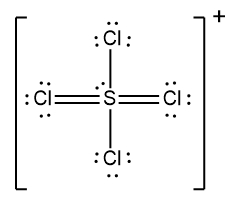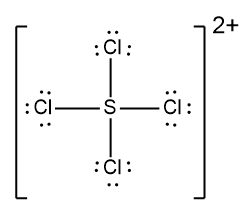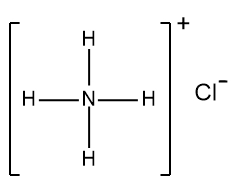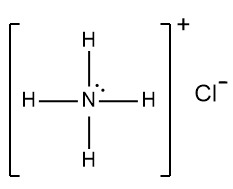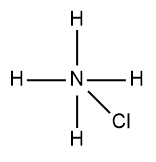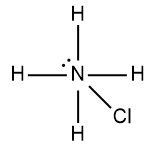Now recall that in a cation we have the loss of electrons by an element and in an anion we have the gaining of an electron. Now when Lewis Don structures we're going to say cations as a result have less valence electrons whereas anions have more valence electrons. Here in this example question it says determine the formal charge of the nitrogen atom in the following ion. So here we have our nitrite ion.
Now it doesn't matter if we deal with a neutral compound or if we deal with A1 with a charge. We follow more or less the same rules in order to draw the Lewis dot structure. So here if we follow step one, it says we need to determine the total number of valence electrons of the structure. It's NO2-, and we need to remember that valence electrons equals group number of the element. Nitrogen is in Group 5A, Oxygen is in Group 6A. We have one nitrogen which is 5 valence electrons. We have two oxygens, each one is 6 valence electrons, so that's 12 combined. And then realize here that one charge means that we have one extra electron. So what we have here is we have 18 total valence electrons for the nitride ion.
Step 2, we are going to place the least electronegative element in the center and connect all elements with single bonds here. Exceptions to this, hydrogen never goes in the center. We don't have to worry about that. There's no hydrogen in this ion. Halogens. The elements in Group 7A only make single bonds as a surrounding element. We don't have any halogens either, so we don't worry about that. Nitrogen is less electronegative than oxygen, so nitrogen goes in the center and then we're going to have our oxygens here. We're going to connect our central element to the surrounding elements by single bonds. Realize here that means that we have used a total of 4 valence electrons because each single bond has two valence electrons involved.
Now here add electrons to all the surrounding elements until they have 8 electrons because we want to follow the octet rule exception. Again, hydrogen only wants 2 electrons around it. So we have here 2 electrons in this bond, 345678. We have two valence electrons here, so 34567 and eight. So now we have 8 total electrons around both oxygens. So, so far that's given us 16 total electrons used, meaning we have two electrons remaining that are unused. What do we do with them? Well, Step 4 says we place any remaining electron on the central atom O. We're going to place them on nitrogen. When we do that, we have 0 valence electrons left.
Here's our issue though, if any elements don't have 8 octet electrons, add double and triple bonds between them. So here the nitrogen has around it 246 electrons. It needs two more to get to the octet rule. So what we're going to do here is we're going to take from either. Oxygen doesn't matter. We're going to take two electrons and use them to make a double bond here. So now oxygen has eight electrons around it and the oxygen also has eight electrons around it. It's still using or sharing those electrons that were used to make that double bond.
Now here the formal charge can be used to determine if the Lewis dot structure is correct. Here we need to determine the formal charge of the nitrogen within the structure. And one last thing we need to realize here is that because we're dealing with an ion, we have to place the ion in brackets and it's charged in the top right corner O here we're going to say nitrogen. It's in Group 5A because remember it's group number minus bonds that the element is making. It's making three bonds plus the number of non bonding electrons that it has. It has 1-2 non bonding electrons so that would come out to 5 -, 5. So this equals 0 for its formal charge. So the nitrogen atom here would have a formal charge of 0. Because this is an ion, we place it in brackets with the charge on the outside. O here, this would be the Lewis dance structure for our nitrite ion.


